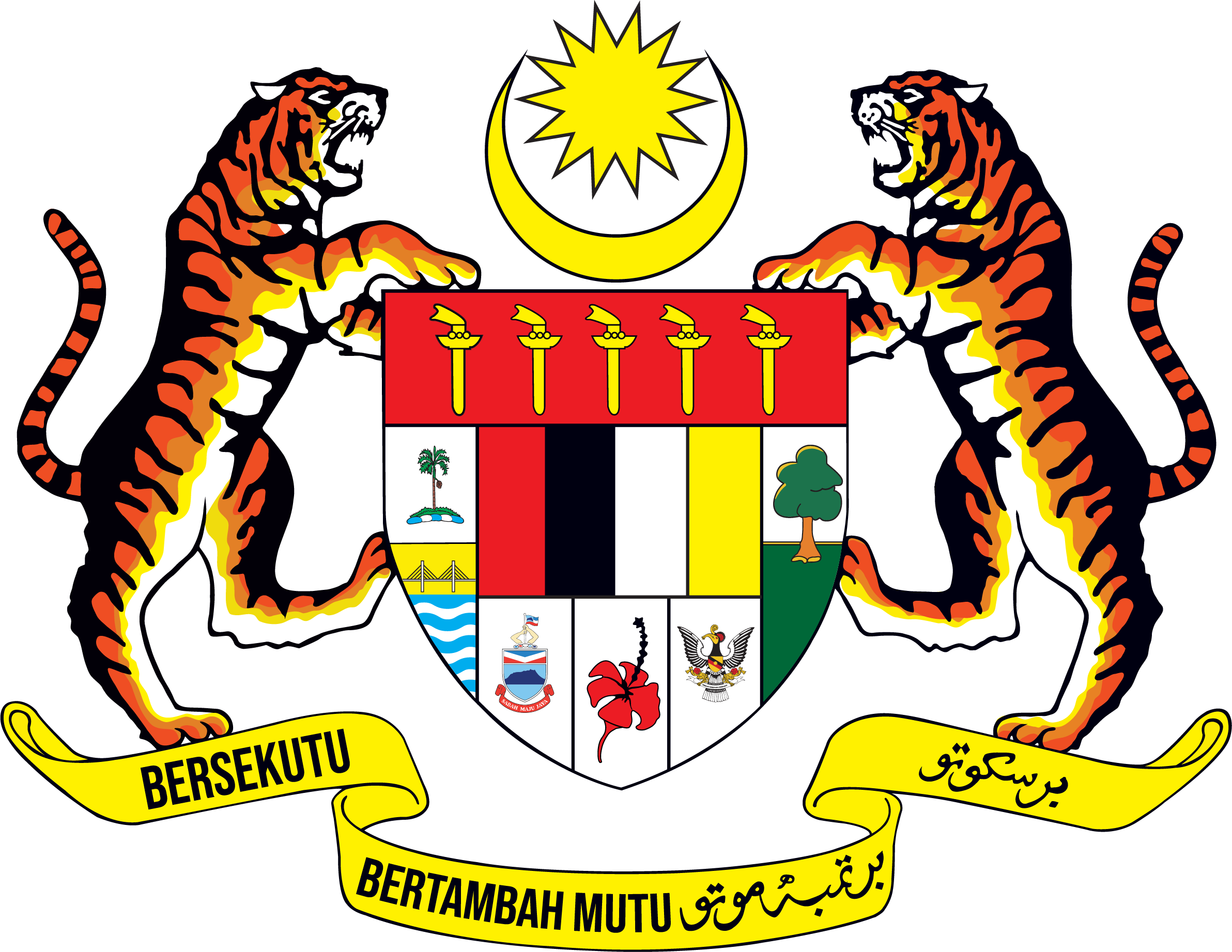Penafian Penggunaan Portal CRR KKR
Dokumen ini adalah untuk kegunaan rasmi Portal CRR KKR sahaja dan tidak boleh digunakan untuk tindakan mahkamah atau disebarkan kepada Pihak Yang Tidak Berkenaan.
Kerajaan Malaysia dan Kementerian Kerja Raya serta agensinya tidak bertanggungjawab di atas sebarang kemudaratan disebabkan penggunaan mana-mana maklumat yang diperolehi daripada Portal ini.
Sila ambil perhatian bahawa laman yang akan dipaparkan nanti selepas alih bahasa telah dibuat pengalihbahasaan secara automatik oleh komputer. Kebarangkalian untuk kandungan itu berbeza daripada maksud sebenar tidak dapat dielakkan. Kami tidak bertanggungjawab atas sebarang kerosakan atau salah maklumat yang mungkin terjadi dari kandungan yang telah dialih bahasa tersebut. Kandungan rasmi hanya pada laman yang asal yakni di dalam Bahasa Inggeris dan Melayu.
Klik Setuju dan Teruskan untuk bersetuju dengan terma dan syarat penggunaan Portal CRR KKR.
